It bugs the hell out of me why this has not been solved.
The Black Dahlia Murder, Forever Unsolved
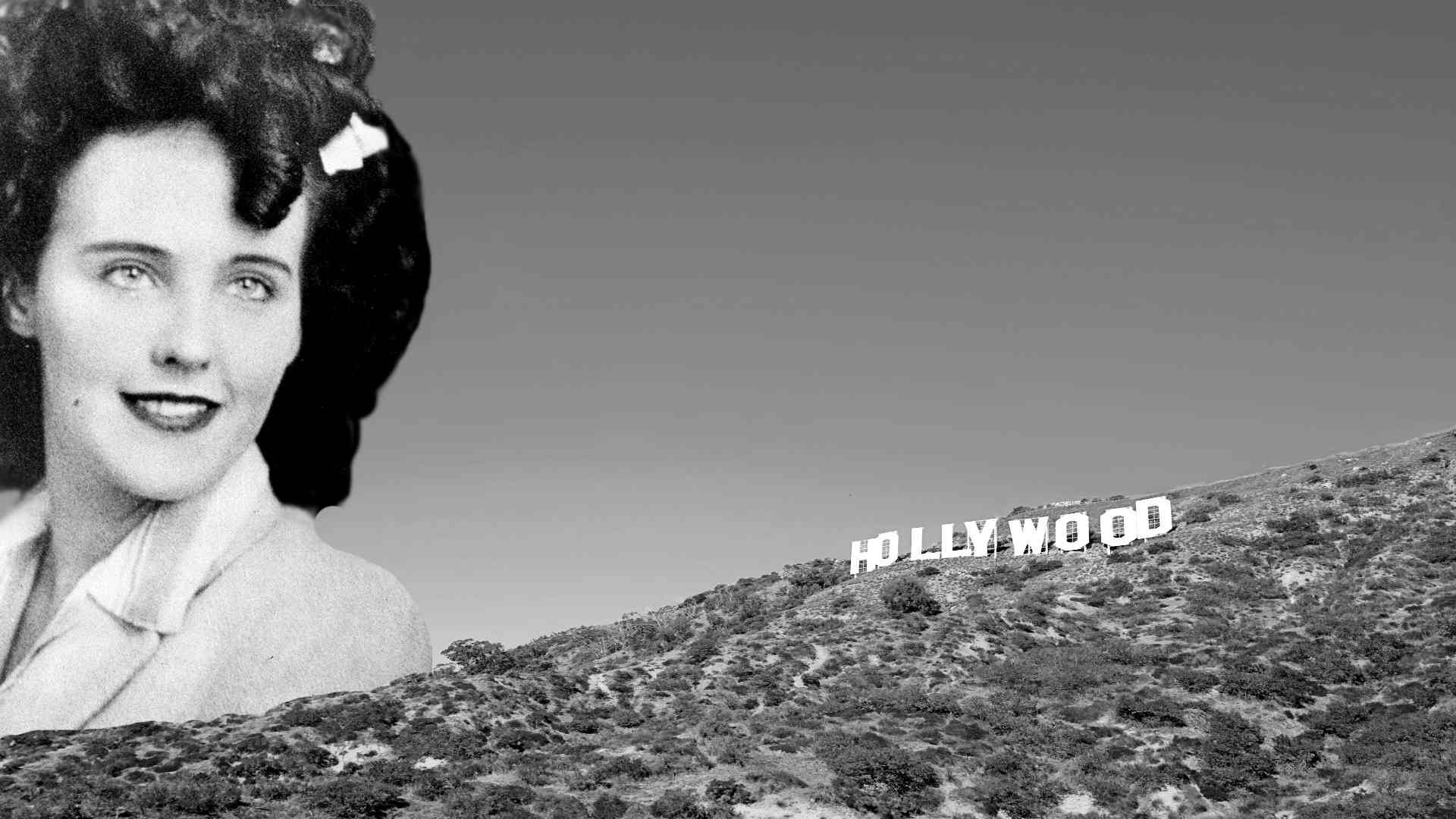
It is perhaps the most famous unsolved cold case in history, so get your sleuthing hat on as we take a deep dive into the horrific murder of Elizabeth Short.
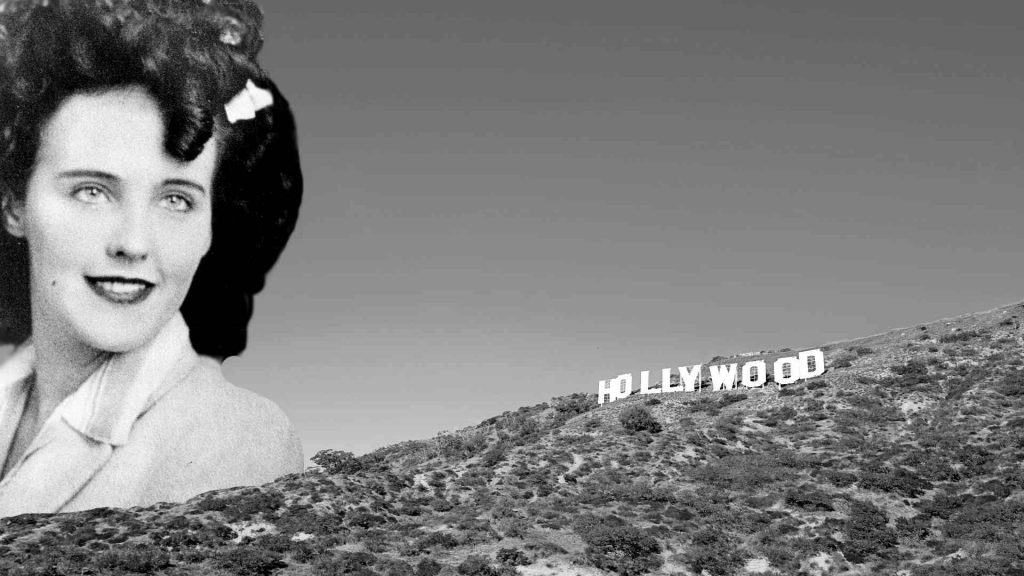
This and NINETEEN other stories can be found in Bizarre True Crime Volume 9
Along with the murder of six-year-old beauty queen JonBenét Ramsay (affiliate link), the Black Dahlia is head and shoulders above the rest when it comes to the most famous cold cases and unsolved murders of all time.
Unlike the Ramsay murder which has a limited amount of suspects, the Black Dahlia involves an entire spectrum of potential killers, reaching into the heart of Hollywood itself, along with a potential cover-up to hide the true face behind the killing.
Not only is the Black Dahlia murder unsolved, but it is also a horrific case where the victim, 22-year-old aspiring actress Elizabeth Short, was mutilated by her killer and drained of blood before being cut in half at the waist, leading to some wild theories that we’ll look at shortly.
Elizabeth was born in 1924 Boston, Massachusetts, the third of five daughters to hard-working parents. Her father, Cleo, was a miniature golf course builder who had established quite the business until the stock market crash of 1929 wiped out his entire savings.
When Elizabeth was six, Cleo drove to Charlestown Bridge in Boston and allegedly took his own life by jumping into the river below, his car was found on the side of the bridge. Elizabeth’s mother, who had stayed at home to look after the children, was forced to become an accountant to make ends meet.
Due to the alleged death of her father, Elizabeth got into a lot of trouble at school and then began to suffer from severe asthma and bronchitis. At the age of 15, she underwent major lung surgery and was told by the doctors to move to a milder climate in the south to prevent further issues, leading to her spending the winters in Miami.
In 1942, when Elizabeth was 18, a bombshell letter landed on her mother’s doorstep. The letter was from Cleo, apologising for faking his own death, and stating he was alive and well in California. Due to her condition, Elizabeth decided to move to California to live with the father she assumed was dead. And it doesn’t get any less weird from here on out.
The Black Dahlia moved around
Her father was working at a U.S. Navy shipyard in San Francisco and living nearby. Due to the way he had faked his death and the mental distress it had caused Elizabeth, they argued to the point that she moved out to Santa Barbara and got a job working at a military retail store.
This put her in contact with numerous members of the military, and due to her supposed good looks, she was propositioned many times but fell for an Air Force sergeant who ended up abusing her, causing her to elope again.
She was arrested in Santa Barbara in September 1943 for underage drinking at a local bar and was ordered to go back home to Boston, but instead went to Florida where she knew the area well due to spending her winter’s there.
In Florida, she met and fell in love with Major Matthew Gordon, who proposed to her by letter after his plane crashed in India during the Second World War. But Gordon never made it home, as another plane he was on crashed and killed everyone on board.
Unable to settle down, and with her relationships ending in the most horrific of ways, Elizabeth decided to move back to California and relocated to Los Angeles in July 1946, where she stayed briefly with another military man, Joseph Fickling.

Six months before her death, she got a job working as a waitress near Hollywood and rented a room directly behind a nightclub called Florentine Gardens, on Hollywood Boulevard. But her newfound dreams of becoming a Hollywood actress were cut down in January 1947.
Drained of blood
On the morning of 15th January 1947, Betty Bersinger was walking through the as yet undeveloped Leimert Park with her three-year-old daughter, Anne, on the way to a shoe repair shop, when she noticed something unusual on the grass up ahead.
Because the park was undeveloped, there were normally items of trash that people had disposed of but Betty thought it odd that someone had thrown out a broken mannequin. As she got closer, she discovered it was no mannequin but the mutilated corpse of a female.
She grabbed Anne from the buggy and ran to a nearby house to raise the alarm, kicking off a case that has held the public’s attention ever since. In just a few minutes, the authorities were on the scene, unsure exactly what they were looking at.

Perhaps there’s no such thing as an ordinary murder, but Elizabeth’s murder was far from ordinary. She had been cut in half at the waist and some of her organs had been removed along with her intestines. A tattoo of a rose had been sliced off and placed inside her vagina.
Her face had been cut from the corners of her mouth to her ears, creating a smile-like effect. Much of her body had been slashed with a knife and sections of flesh had been cut away from her breasts and thighs. The lower half of her body was positioned one foot away from her upper half, with her intestines tucked underneath her buttocks.
Her mannequin-like white look was caused by the fact there was no blood found in her body – she had been completely drained. There was also no blood at the scene and both sections of her body had been washed clean by the killer before being dumped on the grass, approximately 12 hours before.
Police were able to lift Elizabeth’s fingerprints which were sent to the FBI through an early version of the fax machine. Within an hour, the identification of Elizabeth came back, made easy due to her time working in a military shop and her arrest for underage drinking. Police had the name but had no idea where to begin.
The Black Dahlia
The medical examiners determined that Elizabeth had been killed on the night of 14th January to the early hours of the 15th. During the autopsy, ligature marks were found on her ankles, wrists, and neck, meaning she had been tied up before being killed.
Her body had been cut in half at the waist with medical precision after her death, separating her between the second and third lower vertebrae. It was concluded she had been killed with a heavy blow to the head and was most likely raped beforehand, though it has never been proven.
Then the press got involved and began muddying the waters, leading to sensationalism that has never been far from the public eye. In a terrible act of ‘journalism’, reporters from the Los Angeles Examiner, who had found out Elizabeth’s name, contacted her mother in Boston by phone.
They told her that Elizabeth had won a beauty contest and were looking for more information to run a story, but there was no beauty contest, they were tricking Elizabeth’s mother into handing over private information they could publish.
After they had got all the information they needed, they told her that Elizabeth was in fact, dead. The reporters then offered plane fares to Los Angeles and accommodation in order to keep Elizabeth’s mother talking only to them.
Both the Examiner and the Los Angeles Herald-Express ran sensationalised stories about Elizabeth, in that she always wore tight black clothing, was an adventuress, a Hollywood prowler, and was promiscuous with men, all leading to the moniker of the Black Dahlia.
The moniker was created from a film released in 1946 called The Blue Dahlia (affiliate link) Blue was changed to black after the press ran the stories about the tight black clothing Elizabeth would wear. From then on, Elizabeth would forever be known as the Black Dahlia.
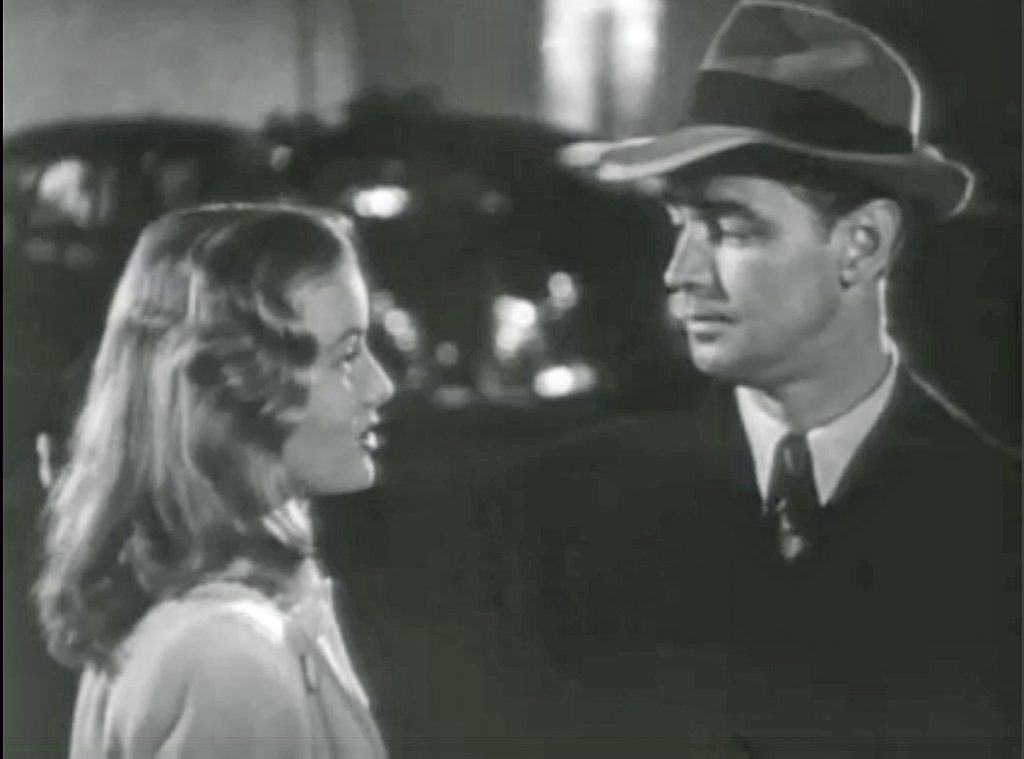
Cleveland Torso Murderer
Between 1935 and 1938, in Cleveland, Ohio, a serial killer known as the Cleveland Torso Murderer, killed at least 13 people, both women and men. The victims were usually drifters or people from lower class backgrounds, who were easy to find in Depression-era Cleveland.
Every single one of the victims were beheaded and dismembered, with some of them being cut in half at the waist. Some of the corpses had been cleaned and treated with a chemical, similar to how Elizabeth had been cut in half and cleaned before being disposed of.
Many of the heads of the victims were never located, and most bodies were only found months after their death which made identification impossible. The killer, who has remained unidentified to this day, boldly placed the remains of two of his victims in front of the city hall, where the offices of the public safety director, who were investigating him, were located.
The killings stopped around 1938, but in Pennsylvania between 1940 and 1942, more beheaded and dismembered victims were found in boxcars and in swamps, leading some researchers to suggest that the Cleveland Torso Murderer had simply moved on to another state.
It was deemed possible that the killer moved from the East coast to the West and killed Elizabeth in Los Angeles. However, the victim selection was very different. Although Elizabeth was working as a waitress, she was not a drifter or of a lower class, and at the time it was easier to get away with murder in less built up areas. Like the killer of Elizabeth, the Cleveland Torso Murderer remains unidentified.
The Lipstick Murderer
One month after Elizabeth’s murder, on 10th February, the body of Jeanne French was discovered in Los Angeles. At 8am that morning, a construction worker noticed a pile of women’s clothes just away from the sidewalk, but upon closer inspection, he came across Jeanne’s beaten and brutalised body.
Jeanne had been beaten and stomped to death, and was found covered in bruises, which had led to severe blood loss. As she lay dying, the killer removed her red lipstick from her handbag and wrote a message on her torso that read, ‘Fuck you, P.D.’
The press interpreted it as B.D. (Black Dahlia) and connected Jeanne’s murder to Elizabeth’s. The police were unconvinced that the murders were caused by the same person and were seeking two different culprits for the crimes. To this day, despite multiple suspects, Jeanne’s murder also remains unsolved.
Over the years, many people came forward to confess to the crime but they have all been false confessions, those seeking their 15 minutes of fame, linking them to the most famous unsolved murder of all time. But even with the confessions, the police struggled from the very beginning.
Police interviewed hundreds of suspects who had tenuous links to Elizabeth, from other waitresses, nightclub goers, ex-military cohorts and former partners but they were not able to gain enough evidence to charge any one of them.
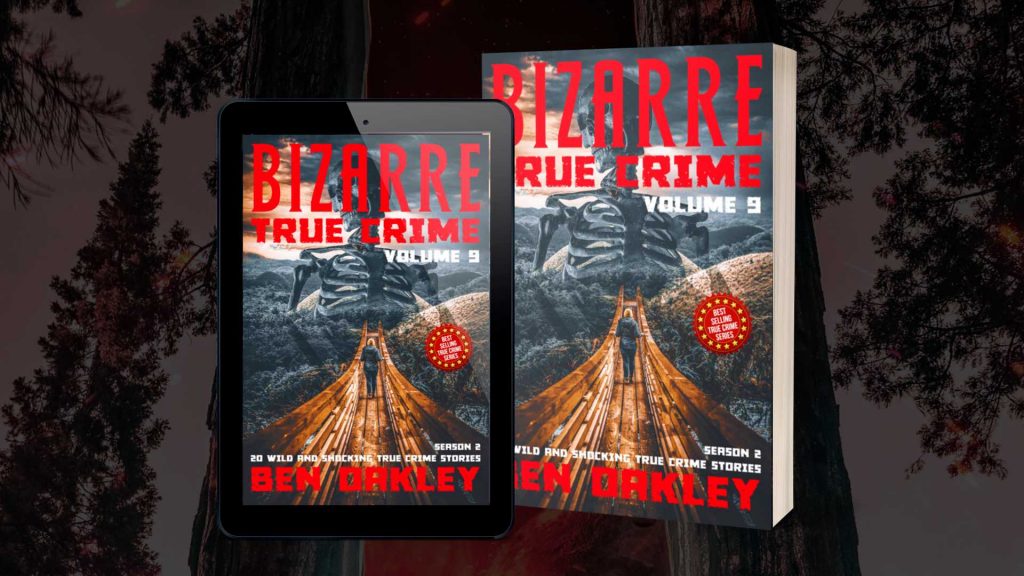
Mark Hansen and the letters
The investigation directly after the murder yielded minimal returns. Police found a heel print near the body that didn’t belong to Elizabeth, and a cement sack that contained remnants of bloody water, which was suspected to be how the body was moved.
Six days after the murder, the Los Angeles Examiner received a phone call from a man claiming to be the killer. He congratulated reporters on the paper’s coverage of the case and claimed he would be sending some of Elizabeth’s belongings to the paper’s offices in the mail to prove his claim.
The phoned-in confession was discarded until three days later on the 24th when a package turned up at the Examiner’s offices. A letter made from words cut out of newspapers read, ‘Los Angeles Examiner and other Los Angeles papers, here is Dahlia’s belongings, letter to follow.’
Inside the package were Elizabeth’s birth certificate, her business cards, photographs, names written on various pieces of paper and an address book. The book had the name Mark Hansen embossed on the cover. All the items and the packaging had been wiped clean with gasoline.
Partial fingerprints were lifted but were destroyed in transit and have never been recovered. That same day, a handbag and shoes were discovered in a bin near to where Elizabeth’s body had been found but they had also been cleaned with gasoline and there were no fingerprints. It has long remained uncertain whether they belonged to Elizabeth or not.
A handwritten letter arrived at the Examiner’s offices on January 26th that read, ‘here it is. Turning in Wed. January 29, 10 a.m. Had my fun at police. Black Dahlia Avenger.’ It also included a location that the police went to at 10am on the 29th but the writer of the letter never showed.
On 14th March, a suicide note was found in a shoe with clothing on a nearby shoreline. It read, ‘to whom it may concern: I have waited for the police to capture me for the Black Dahlia killing but have not. I am too much of a coward to turn myself in, so this is the best way out for me. I couldn’t help myself for that, or this. Sorry, Mary.’
Though the author of the note was never named, there was a Mark Hansen living in Los Angeles and was known to Elizabeth, as she had stayed at his home with friends on occasion. Hansen was a nightclub owner and owned the Florentine Gardens nightclub, the same nightclub that Elizabeth was renting a room behind.
A friend of Elizabeth’s claimed she had rejected Hansen’s sexual advances which may have given reason for Hansen to kill her. But despite being a suspect, Hansen was removed from the suspect list due to lack of evidence.
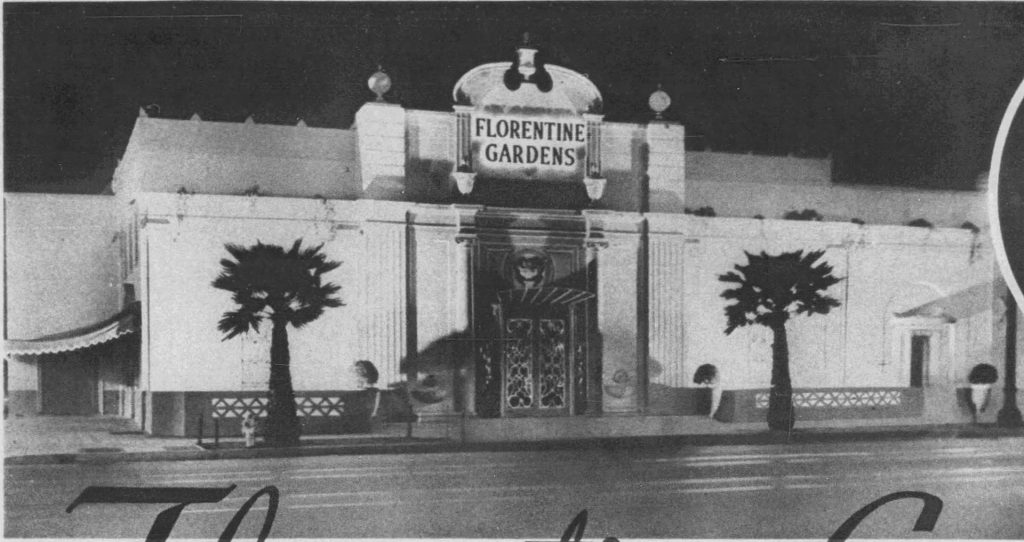
The Black Dahlia Avenger
After interviewing a pool of 750 suspects, the investigation quickly came to an end as there was minimal evidence to go on, and fewer suspects. Elizabeth’s death became a cold case within a few months and would eventually fall into true crime legend.
One suspect that has stood the test of time, among some researchers, is the physician George Hodel, who ran a venereal disease clinic in Los Angeles during the 1940s. Hodel was on a list of six prime suspects the police had drawn up at the time.
They had even gone as far as bugging his home but their investigation yielded no results. Hodel died in 1999, having forever remained on the suspect list. But in 2003, Hodel’s son, Steve, who was a former police officer, wrote a book called ‘The Black Dahlia Avenger: A Genius for Murder: The True Story (affiliate link)’
In it, he claims his own father was the killer. Steve suggests that the handwriting in the letters sent to the Examiner’s offices were a match to his late father. He also found numerous photos of women who looked like Elizabeth in his father’s personal photo albums.
The fact that Hodel was a physician, meant he would have had the medical experience needed to cut the body in half with medical precision, drain it of blood, and wash it clean. Hodel trained at a University that taught hemicorporectomy, the technique used for cutting the body through the spine.
Steve also found a receipt dated a few days before the murder for a large bag of concrete. It was claimed to have been the same size and brand as the empty bag found near the body. Despite the mounting evidence, sceptics refused to believe it because Steve had also linked his father to the Zodiac Killer.
However, while fact-checking the book, a Los Angeles Times columnist requested official police files from the case, including the transcribed audio recordings from Hodel’s home. Within the transcribes, the reporter found shocking evidence.
At 8.25pm, a few days after the killing, one of the transcribes reads, ‘Woman screamed. Woman screamed again.’ Then later that day, Hodel was talking to an unknown person when he said the following.
‘Realize there was nothing I could do, put a pillow over her head and cover her with a blanket. Get a taxi. Expired 12:59. They thought there was something fishy. Anyway, now they may have figured it out. Killed her.’ Then, ‘supposing I did kill the Black Dahlia. They couldn’t prove it now. They can’t talk to my secretary anymore because she’s dead.’
This assumed that if Hodel had killed Elizabeth, that his secretary, Ruth Spaulding, had found out about it, and he killed her to remove a potential witness. Incidentally, Hodel was a suspect in Ruth’s death but was never charged as there was no evidence to prove it.

The Black Dahlia murder is a labyrinthine case
Despite the evidence they had, the police at the time either didn’t check the transcripts properly or were covering up Hodel being the suspect, as has been insinuated by modern researchers. But if the Hodel evidence is purely circumstantial and unproven, then who did kill Elizabeth and why did they do it?
There have been many false confessions, and many names put forward by various researchers and authors but none have come to anything substantial. In 2017, a British author named Piu Eatwell, proposed a different theory, that the killer was hotel worker and former mortician assistant, Leslie Duane Dillon.
Dillon was associated with Mark Hansen and Finis Brown, a lead detective on the original case, who was allegedly corrupt. Dillon was originally on the suspect list but was quickly removed, with the author of the book suggesting it was because of his association with Hansen and Brown.
An interview with a former police officer, claimed that his father, who was also an officer with the LAPD gangster squad, overhead a damning conversation. His father was talking to other members of the squad and said that they knew the killer was Dillon but he had orchestrated the murder with Hansen and another man named Jeff Connors.
The reason for the murder was that Elizabeth may have found out about a hotel robbery scam that Dillon and Hansen were about to be involved in. She was murdered in a room at the Aster Motel in Hollywood, where the owners of the hotel found one of their cabins covered in blood the next day.
It was reported to police, who seemed to ignore it at the time – or cover it up due to their connections with Hansen. One final theory rests on American visual artist, Man Ray, who was known for creating surreal photographic imagery and films, sometimes pornographic in nature.
Some of his work is Cronenberg-like in nature, with contortions of the flesh and female bodies in weirdly horrific poses. To top it all off, he was friends with George Hodel. Maybe, just maybe, his masterpiece was the gory presentation of Elizabeth’s body.
But as convincing as many of the theories and suspects are, the Black Dahlia murder remains unsolved and is considered one of the most infamous cold cases in the world. There have been numerous books, films, and TV shows about the murder, all with a different angle.
Murder is one thing but the killer went to great lengths to dismember and mutilate the body to such a degree, knowing it would easily be found. And it is those gory details that will forever remain embedded in the minds of those who enter the labyrinthine case of the Black Dahlia.
This and NINETEEN other stories can be found in Bizarre True Crime Volume 9
- What Happens to Cold Cases? The Intricacies and Unsolved Mysteries Explained

- 13 Facts You Need to Know About Levi Bellfield: The Bus Stop Stalker

- How Has Pathology Evolved Over Time? (History of True Crime)

- Trio Convicted of June 2022 Westminster Murder of Adnan Saleh

- How Did Forensic Science Evolve Through History? (History of True Crime)

I feel like there should be more killers who use the internet especially in today's world.
Thanks for this. Anymore podcast lists coming anytime soon??
Not just females.
[…] Not So Heavenly Creatures: The case of two teenage girls who fell in love, created their own religion, entered…
There's a lot more the Italian authorities are not releasing over this case. Makes you wonder the extent of the…
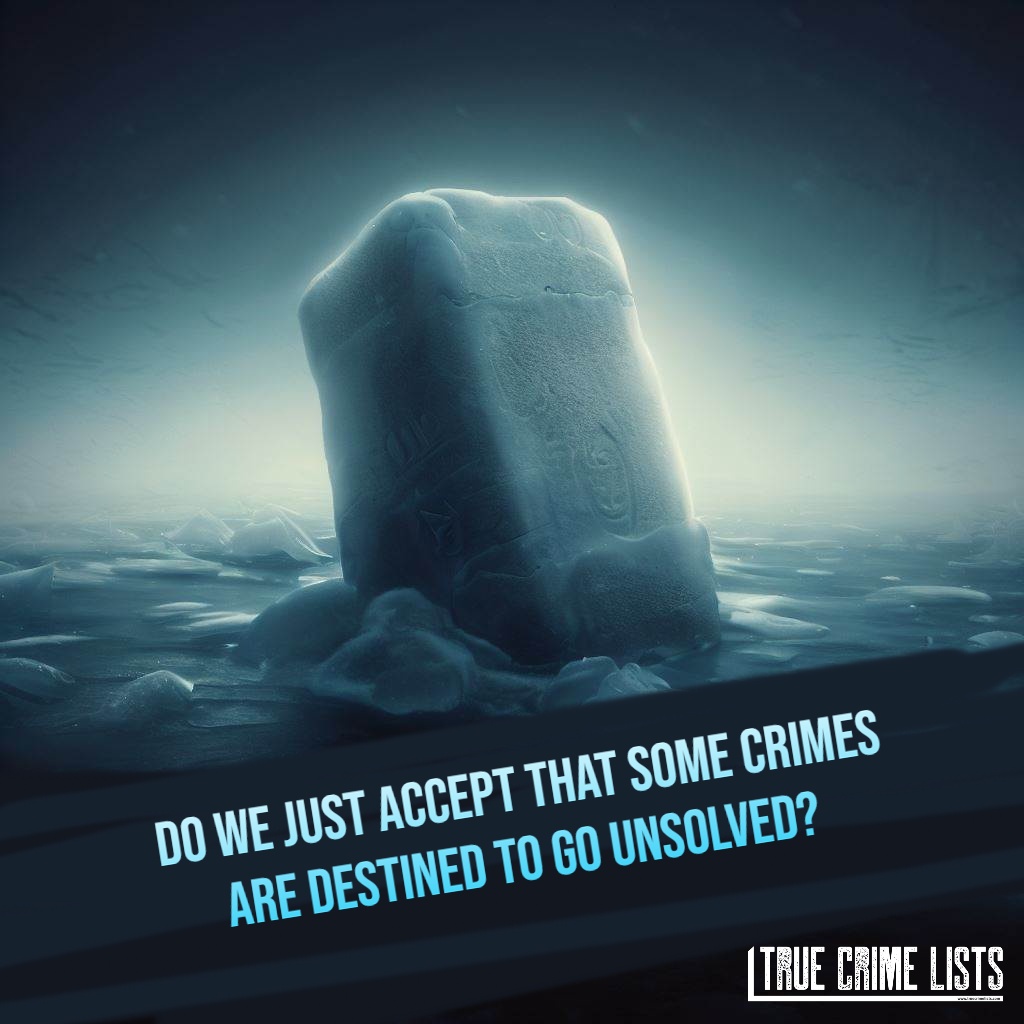
 T
T
What Happens to Cold Cases? The Intricacies and Unsolved Mysteries Explained

 T
T
13 Facts You Need to Know About Levi Bellfield: The Bus Stop Stalker
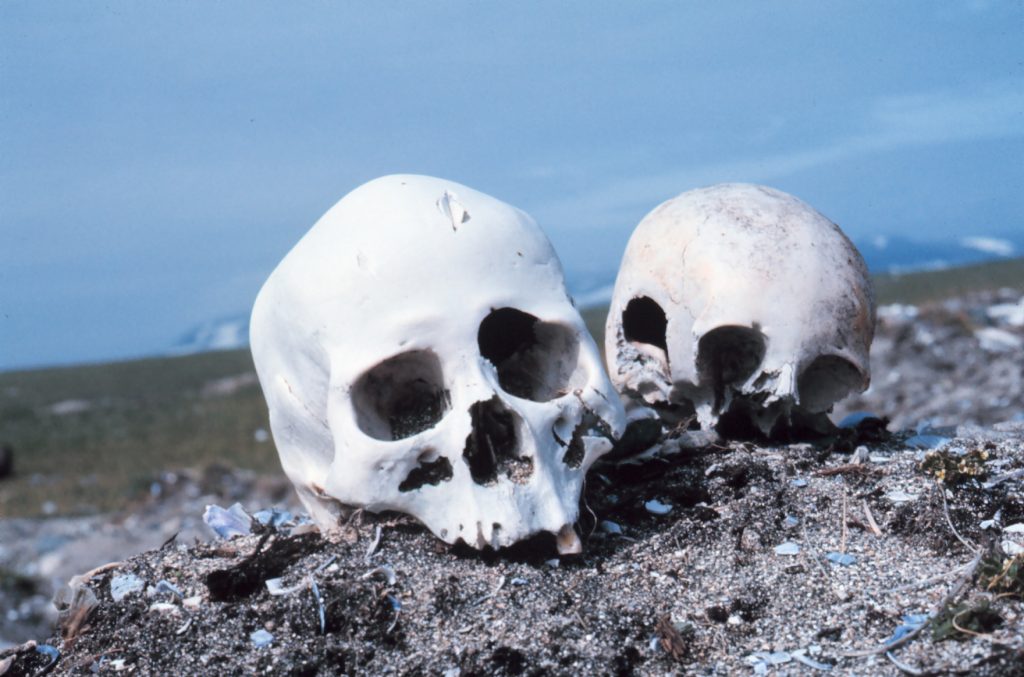
 T
T
How Has Pathology Evolved Over Time? (History of True Crime)
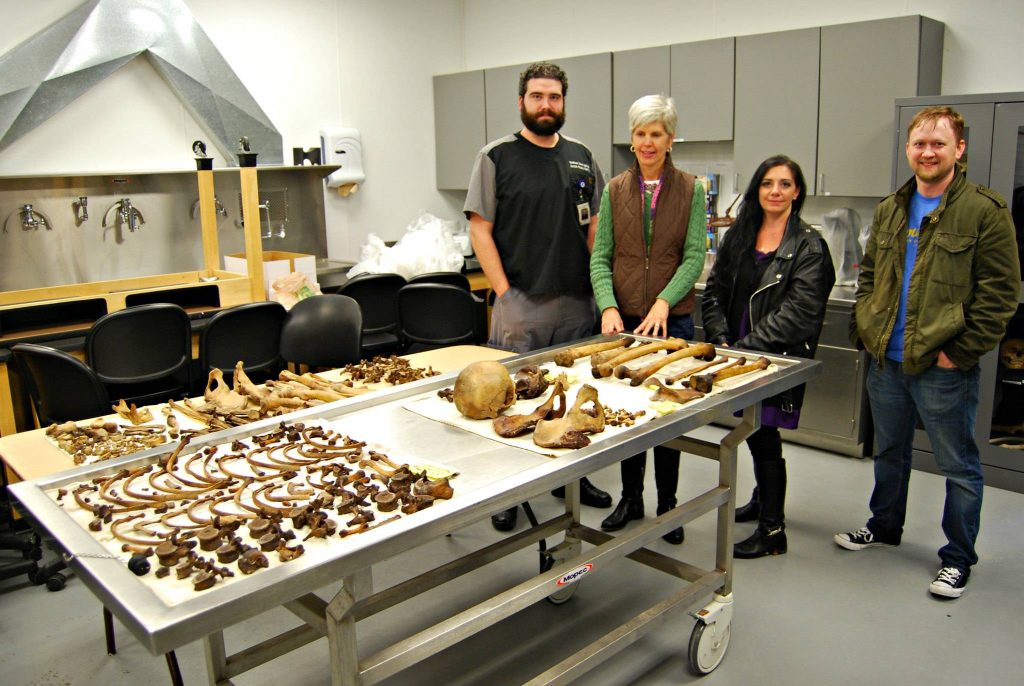
 T
T



It bugs the hell out of me why this has not been solved.